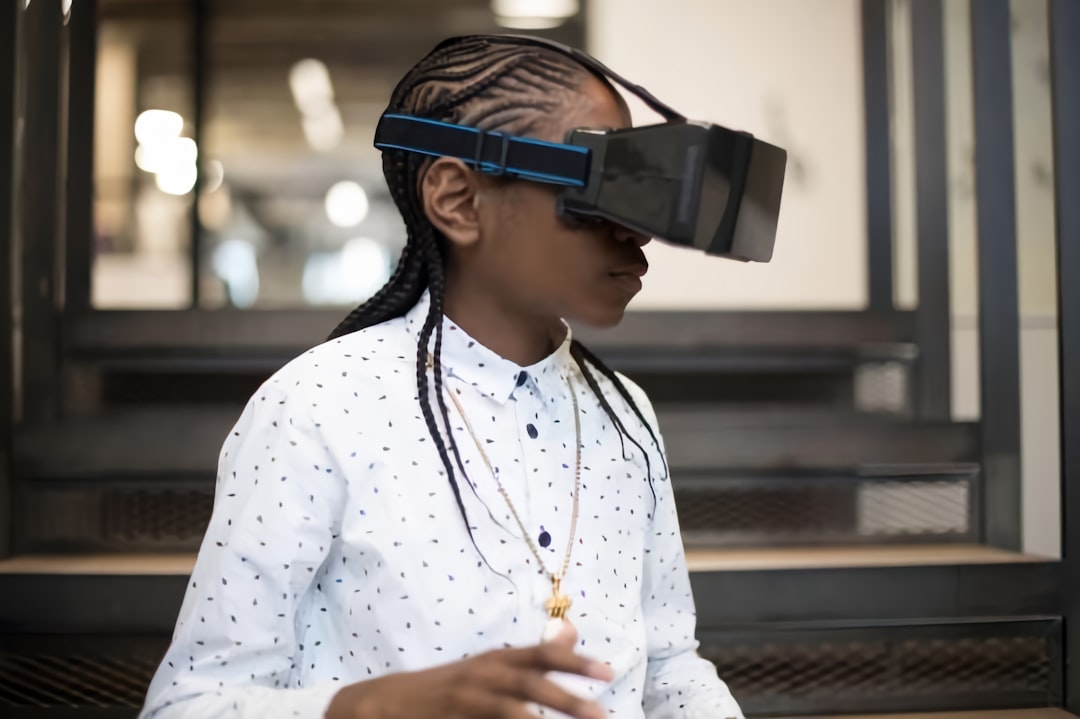The pandemic dramatically accelerated the adoption of remote work, transforming how we collaborate and conduct business. While video conferencing and instant messaging have become staples, they often fall short in replicating the spontaneity and richness of in-person interactions. Enter the metaverse, a persistent, shared, 3D virtual world promising a revolutionary approach to remote collaboration.
Metaverse workspaces are virtual offices, meeting rooms, and collaborative hubs designed to enhance remote teamwork. Imagine a digital replica of your office, complete with virtual whiteboards, interactive presentations, and even the ability to casually chat with colleagues in a virtual break room. This immersive environment goes beyond simple video calls, offering a more engaging and intuitive way to connect.
The benefits are numerous. Firstly, metaverse workspaces foster a stronger sense of team cohesion. Seeing colleagues represented as avatars, even if only virtually, can combat feelings of isolation often associated with remote work. The shared virtual space facilitates spontaneous interactions, mimicking the natural flow of communication in a physical office.
Secondly, metaverse workspaces offer enhanced collaboration tools. Imagine collaboratively designing a product in a shared 3D environment, manipulating virtual prototypes with colleagues thousands of miles away. Or imagine conducting a training session with immersive simulations, allowing for a far more engaging and effective learning experience. The possibilities are endless.
Furthermore, these spaces can be incredibly flexible and adaptable. Need a meeting room for 10 people? Just create one. Need a dedicated space for brainstorming? It can be instantly provisioned. This scalability and customization are unmatched by traditional remote work setups.
However, challenges remain. The technology is still in its nascent stages, with issues surrounding accessibility, cost, and user-friendliness needing to be addressed. Concerns around data privacy and security in these virtual environments also need careful consideration. The digital divide also poses a significant hurdle, ensuring equitable access for all employees.
Despite these challenges, the potential of metaverse workspaces is undeniable. As the technology matures and becomes more accessible, we can expect to see a significant shift in how remote teams collaborate. The future of work might not be a purely digital or physical experience, but a blended reality, seamlessly merging the benefits of both worlds. The metaverse offers a compelling glimpse into this future, a future where distance is no longer a barrier to effective and engaging teamwork. The transition won’t happen overnight, but the journey towards immersive, collaborative virtual workspaces has begun.












